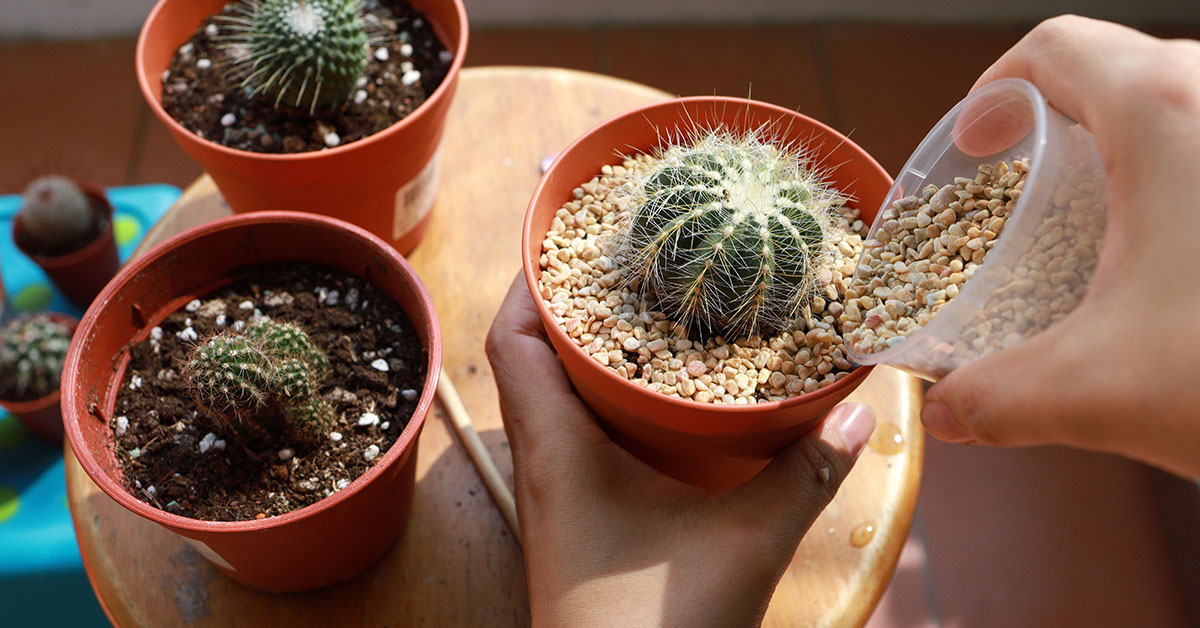Are you looking for a way to give your cactus a much-needed makeover? Re-potting a cactus is a great way to give it a fresh start and help it thrive. Repotting can help an oversized cactus with more room to grow and promote healthier roots. We’ll cover everything from picking the right pot and soil to ensuring the cactus is properly situated and watered. With this guide, you’ll have the right knowledge for how to repot a cactus.
Should I Repot My Cactus
The right time to repot a cactus is when it has outgrown its current pot. Usually after two to four years of growth. Signs that the cactus is ready to be repotted include overcrowding in the pot and a visible root structure at the surface of the soil. When the cactus is ready to be repotted, it should be done in the spring or early summer when the cactus is in active growth.
Repotting is best done on a warm day with temperatures between 65-75 degrees Fahrenheit. Ensure that the new pot has enough drainage holes, and use a potting mix specifically formulated for cacti and succulents.
Preparing To Repot A Cactus Safely
Unless you’re repotting a mostly spineless cactus, like a Christmas cactus, you’re going to want to take some precations. When repotting a cactus, it is important to take proper safety measures to ensure the safety of both you and the cactus. First, you should wear thick, protective gloves to protect your hands from the sharp spines of the cactus. Additionally, you should make sure you are working on a solid, stable surface to avoid accidents. You should also be mindful of where you place your hands and arms when repotting, as you may unintentionally prick yourself on the spines. Lastly, it is important to be gentle when handling the cactus and to avoid damaging any of its spines or stems.
When repotting a cactus, it is important to ensure you are prepared with the necessary supplies. Gather a pot that is 1-2 inches larger in diameter than the current pot. Next, use potting soil that is specifically designed for cacti. If you are repotting a large cactus, it is recommended to wear gloves to avoid a potential prick from the spines. Make sure you have a suitable surface to work on. Such as some newspaper, and gently remove the cactus from its current container.
Once the cactus is removed, loosen any compacted soil, trim off any dead roots, and place the cactus in the new container. Fill the new container with the soil, gently tamp it down, and water until the soil is evenly moist. Finally, place the newly potted cactus in a sunny spot, and it will be ready to flourish in its new home!
Aftercare For Repotted Cactus
Aftercare for a cactus should include providing it with a warm, sunny location and adequate drainage. Water should be given sparingly and only when the soil is completely dry. Overwatering can be a major problem, as cacti are prone to root rot. Fertilizer can be given sparingly to help promote growth but should be avoided during the winter months. It is also important to remember to keep the cactus away from extreme temperatures. Keeping a cactus in a room that is too cold or too hot can cause it to become stressed. With the correct aftercare, a newly repotted cactus should be healthy and thriving in no time.













